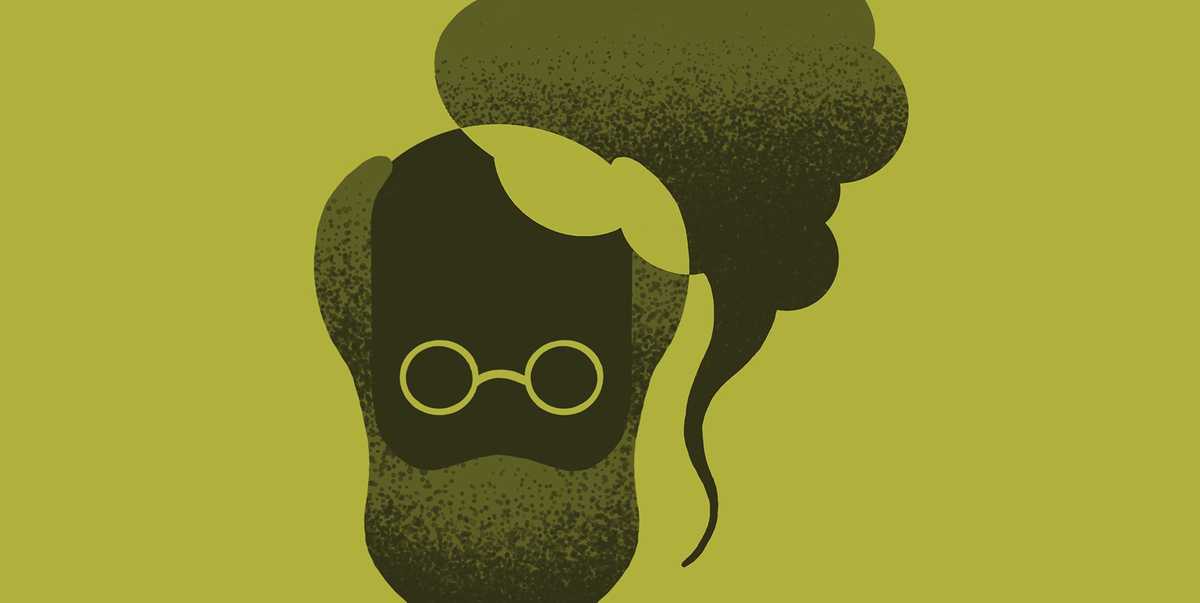
While almost two-thirds of Australians believe climate change is a “critical threat”, we are still far from delivering the change we need to avoid a climate catastrophe. Why is probably a more difficult question to answer than how. How can we stay motivated, and keep others engaged and motivated to act as well?
Scaring people about climate change has not necessarily led to action. Social psychology and behaviour change theory point to some better techniques which can benefit campaigns, communications and community engagement to promote individual and collective action. Underpinned by some recent work developed by the Australian Psychological Society, here are eight ways to talk about climate change, in ways more people are likely to listen to.
Inspire positive visions.
Messages of hope are more likely to drive action than messages of distress, as we tend to ignore negative communications to avoid feeling low. When talking about climate change, make sure to incorporate positive narratives, such as the opportunity to live in a healthier environment, to have meaningful careers, and to better connect with community if we change.
Build bridges between climate change values and your audience’s values.
Values such as “caring for others”, “empathy”, “cooperation”, and “innovation”, are linked to climate change values. When we are shown that our values will express themselves if we adopt sustainable behaviours, we are more likely to adopt this behaviour. For example, ask your audience to care and show empathy for wildlife, climate refugees and their kids (if they have demonstrated values of “caring for others”, “empathy”). Ask them to cooperate with others by participating in the sharing economy (“cooperation”), or to innovate by entering the next engineering competition benefiting marine life (“innovation”). Know their values and how to talk about them.
Create and use social norms.
We all want to feel accepted by the groups we belong to or aspire to belong to. This means we are likely to adopt the behaviours our social groups value, to fit in. You can drive behaviour change by communicating a pro-environmental behaviour as something that people like your audience, or that your audience aspires to be, are already doing. Talk about the doings of local leaders and respected public figures, build partnerships with the social groups your audience follows and encourage them to share their pro-environmental behaviours or ask your audience to talk about theirs on social media.
Make action easy and local.
Since we tend to be time-poor these days, we need behaviour change to be as easy as possible for us to do it. So, break it down for your audience and give them the tools to make a valuable change easily. Our feelings of responsibility for the environment are also greatest at the neighbourhood level. Whenever possible, talk about how a change in behaviour will drive positive change in someone’s own community or neighbourhood.
Give feedback.
We’re more likely to keep going if we feel proud and energised. Provide regular positive feedback to your audience and communicate the change they’ve generated. Tell them how they can improve their behaviour given results to date and show them how they’re doing in comparison to others tackling the same behaviour change challenge.
Acknowledge feelings.
When we feel distressed about climate change, we may choose not to engage with climate change communications to avoid feeling low. To relieve these feelings, be honest with your audience and tell them you’re feeling the same. It’s okay to share sad news, express frustration, and rejoice in triumph. This can help people feel connected to your cause and to you. They will be more likely to acknowledge their feelings and take positive steps to tackle climate change.
Bring people outdoors.
Most of us now live in cities, which means we are more likely to feel disconnected from nature than we used to. However, a strong relationship with nature tends to give rise to environmentally responsible behaviour. So, encourage your audience to get outdoors and experience nature. You can organise outdoor events for your cause, and make your audience feel more connected to nature.
The time to act is now: use it.
For a long time, we’ve tended to push back acting on climate change because the threat felt too distant. But these days, we’re definitely starting to feel the effects of climate change. We feel the hotter days, hear about bushfires, have seen corals disappear. While this is all sad news, crisis motivates people to act. So, speak up about what’s happening locally, now, and let your audience know how to act.
Final thoughts
Our climate change buddy has been around for a long time, along with deeply anchored psychological responses to climate change communications and strong barriers to change. This is why we need targeted communications strategies to generate behaviour change.
So, know who you’re talking to, and choose words, facts, stories, and visuals carefully to drive change. Together, let’s not breakdown the climate, let’s breakdown behaviours.

